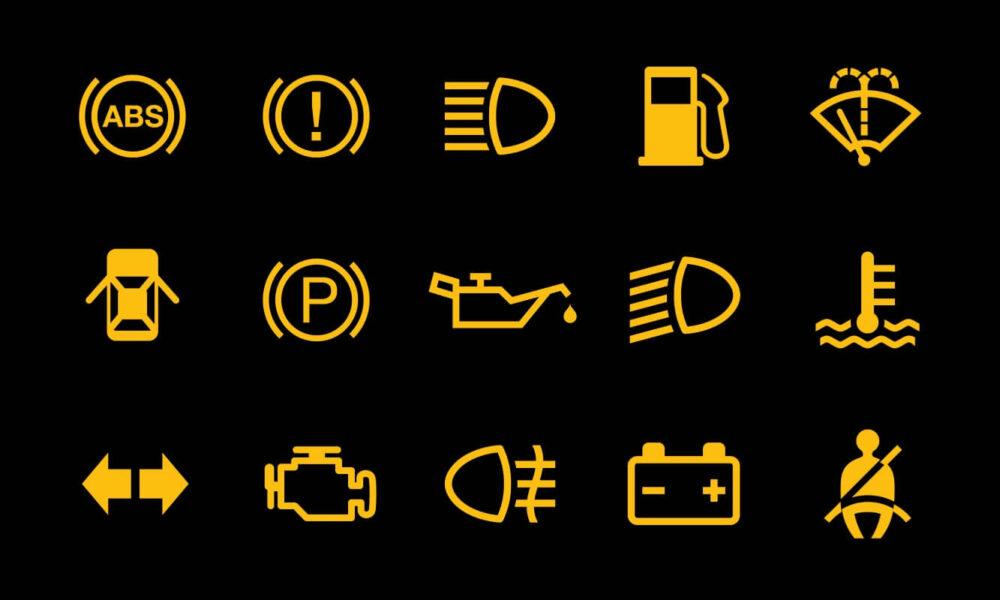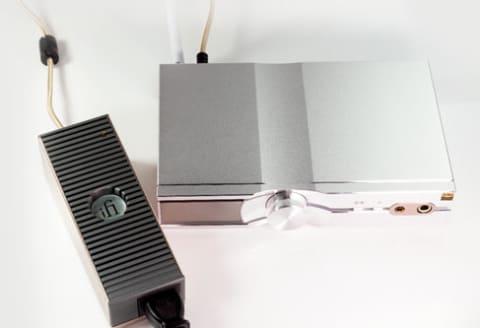What are engine warning lights and engine check lights?
It is also called an engine check lamp, but it is officially called an "engine warning light". The engine warning light is often near the speedometer and is fixed in yellow.
The yellow warning light means "immediate inspection is required" and it is said that there is no need to stop the car immediately. Even if the engine warning light comes on while driving, you do not have to stop the car in a hurry, so be calm and deal with it.
Recent cars, especially Japanese cars, have a very low failure rate and rarely light up, but just in case, understand the meaning, cause, and remedy of the engine warning light. prize.
What is the meaning of the engine warning light (engine check lamp)?
The meaning of the engine warning light is "warning when a problem occurs in the engine control system".
Some manufacturers, such as Toyota cars, may use it as a warning light when a problem occurs in the control system of both the engine and transmission. The meaning of the engine warning light is written in the instruction manual attached to the car, so please check the instruction manual of your car.
By the way, the design and basic meaning of the warning light, including the engine warning light, are common to all Japanese and foreign car manufacturers. It is explained in this article.
When does the engine warning light come on?
The engine warning light comes on in the following two cases.
1. When the engine switch is turned on
When you turn the key to start the engine, all the warning lights in the instrument panel will light up for a moment. The same applies to the button-type engine switch.
All warning lights are lit to check each warning light for burnouts and warning system malfunctions.
After a while after the engine starts, each warning light goes out. If the engine warning light is not off at that time, it means that something is wrong with the engine.
Check occasionally to see if all warning lights are on when you start the engine. If there is something that does not light up, have it inspected at a dealer or maintenance shop. This article explains the procedure for requesting repairs from a dealer.
2. When the engine control system sensor detects an abnormality
The engine has a myriad of control systems.
Among them, the sensor constantly measures the ones that may cause abnormalities in driving or may not be able to demonstrate sufficient performance, and when an abnormal value is detected, the engine warning light is turned on.
In that case, the engine warning light will light up or blink regardless of whether the vehicle is running or stopped.
Main engine control system sensors and symptoms at the time of failure
The type of sensor connected to the engine warning light varies depending on the car.

Since the manufacturer has not announced which sensor is attached to which car, I do not know the details, but I will list the representative sensors.
In addition, we will also introduce what happens if each sensor detects an abnormality but leaves it unattended.
O2 sensor
The O2 sensor is a sensor that measures the oxygen concentration of exhaust gas. This is where the mechanic is the first to suspect when the engine warning light comes on.
An abnormality occurs in the "catalyst" that removes harmful substances from the muffler, and when the oxygen concentration exceeds a certain level, the engine warning light turns on and blinks. If left unattended, the catalyst part of the muffler will become hot, and if there is a flammable material nearby, it may catch fire or ignite.
It's a bit difficult to explain, but in short, it's a sensor that measures the temperature of the engine and maintains the optimum condition for improving fuel efficiency.
Therefore, if this sensor breaks, you will have to drive in the worst fuel economy, but please be assured that there are almost no other fatal problems.
The O2 sensor can last up to about 10 years or about 100,000 kilometers for Japanese cars. When it comes to replacement due to an abnormality or failure, the price is about 25,000 to 35,000 yen for parts.
Airflow sensor
The airflow sensor is a sensor that measures the amount of air sent to the engine, and is often suspected next to the O2 sensor.
In addition to troubles and failures in the engine intake system, the engine warning light may be turned on even if the air cleaner element is very dirty.
If left unattended, the engine may stop, but since the airflow sensor itself is very strong, it is extremely rare for the engine warning light to come on due to this trouble.
Cam angle / crank angle sensor
Literally, it is a sensor that measures the angle of the engine cam and crank. Since the cams and cranks are constantly moving at high speeds, they may shift from their normal positions.
Even if the angle of the cam or crank deviates to some extent, the engine will rotate normally, but it will have a great effect on fuel efficiency. For this reason, the cam angle and crank angle sensors are designed to improve fuel efficiency.
If left unattended, the cam and crank angles may deviate beyond the permissible range and damage the engine. See this article for how the crank works.
Ignition sensor
The ignition sensor is the ignition system sensor of the engine. In modern cars, ignition timing etc. are all electronically controlled.
If the ignition timing shifts for some reason, the engine warning light will light up. Also, at this time, it seems that the engine often vibrates like trembling.
If left unattended, the engine may stop. So before talking about the engine warning light turning on, there seems to be something wrong with the car body, so it seems that you do not need to pay attention to this either.
If the engine warning light comes on, the idling rotation is unstable, or the engine does not blow even after accelerating, the ignition coil may be defective.
Accelerator opening sensor
The accelerator opening sensor is a sensor that measures the amount of depression of the accelerator. The amount of depression of the accelerator is related to many systems such as engine speed, gear shifting in the case of AT cars, and its control in the case of cars with traction control.
If left unattended, there is a risk that the AT car will not shift properly, the rotation will not increase even if the accelerator is depressed, and the traction control will not function.
Sensor of each meter
Various meters such as speedometers, tachometers, and fuel gauges are all sensors. If these sensors fail, the engine warning light will light up and blink.
If left unattended, the engine may not start depending on the car.
In this case as well, it should be more troublesome that the meter does not work better than turning on the engine warning light, so go to the inspection as soon as possible.
Electrical system sensor
Today's cars have a lot of electrical components and a lot of sensors.
In addition to comfortable equipment such as air conditioners, audio systems, and power windows, electrical components are also attached to devices that are important for driving, such as batteries, charging systems, and drive trains.
When a sensor that is important for driving and safety of a car detects an abnormal value, the engine warning light turns on and blinks.
If left unattended, the engine may not start or the engine may stop.
Battery sensor
Often, the engine warning light will come on after the battery is dead and has recovered.
If you do not connect the battery terminals firmly when you replace the battery yourself, the engine warning light will come on. Let's check the connection again. The correct way to replace the battery is explained in the following article.
If the engine warning light does not go out even after checking the battery terminal, ask a vendor to erase the bug in the warning light with a dedicated computer.




